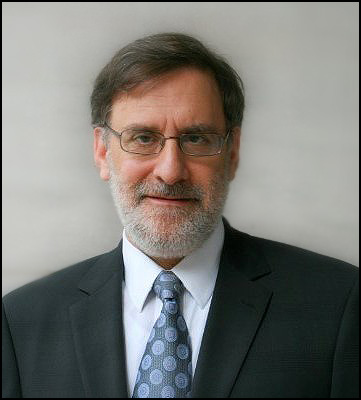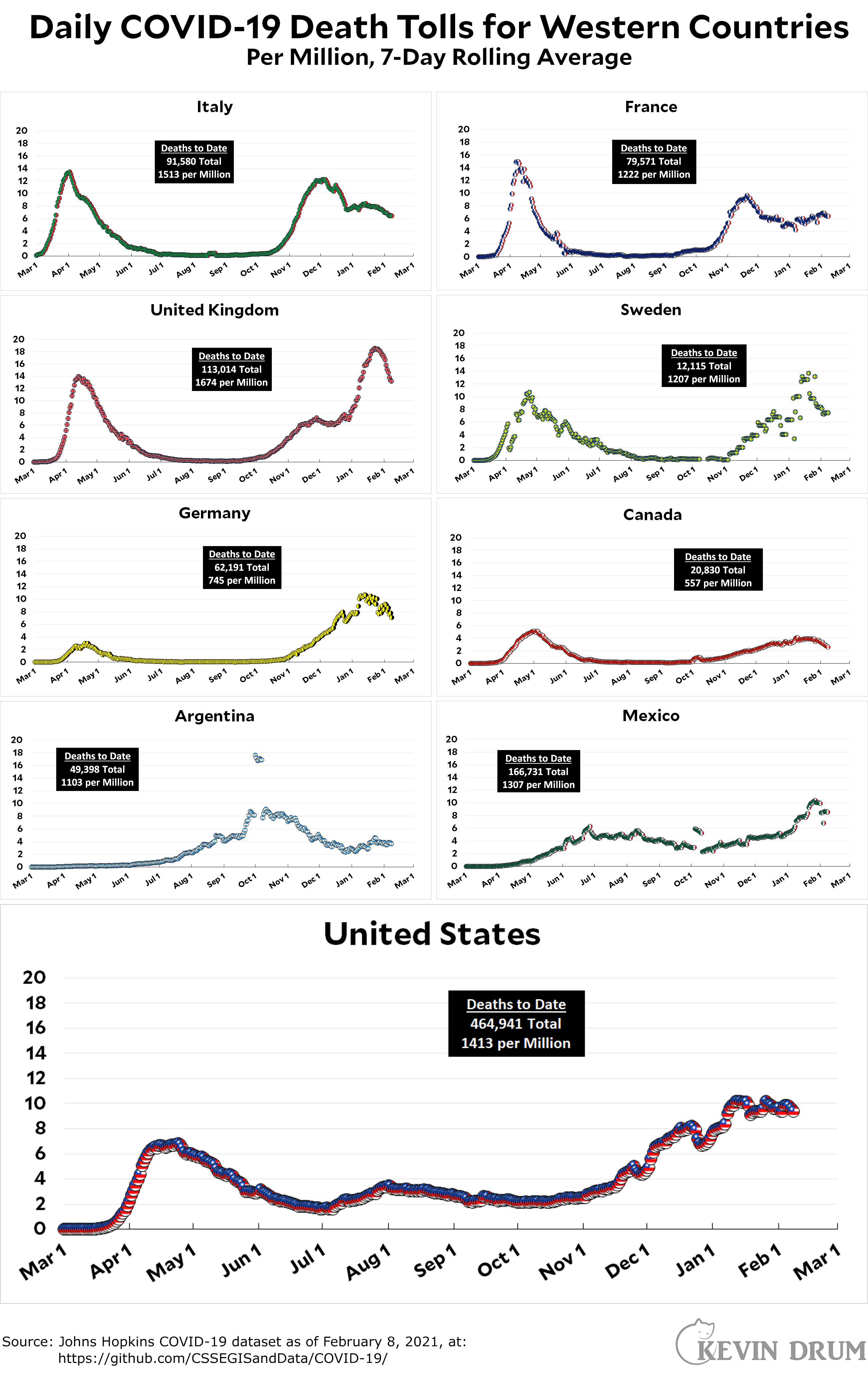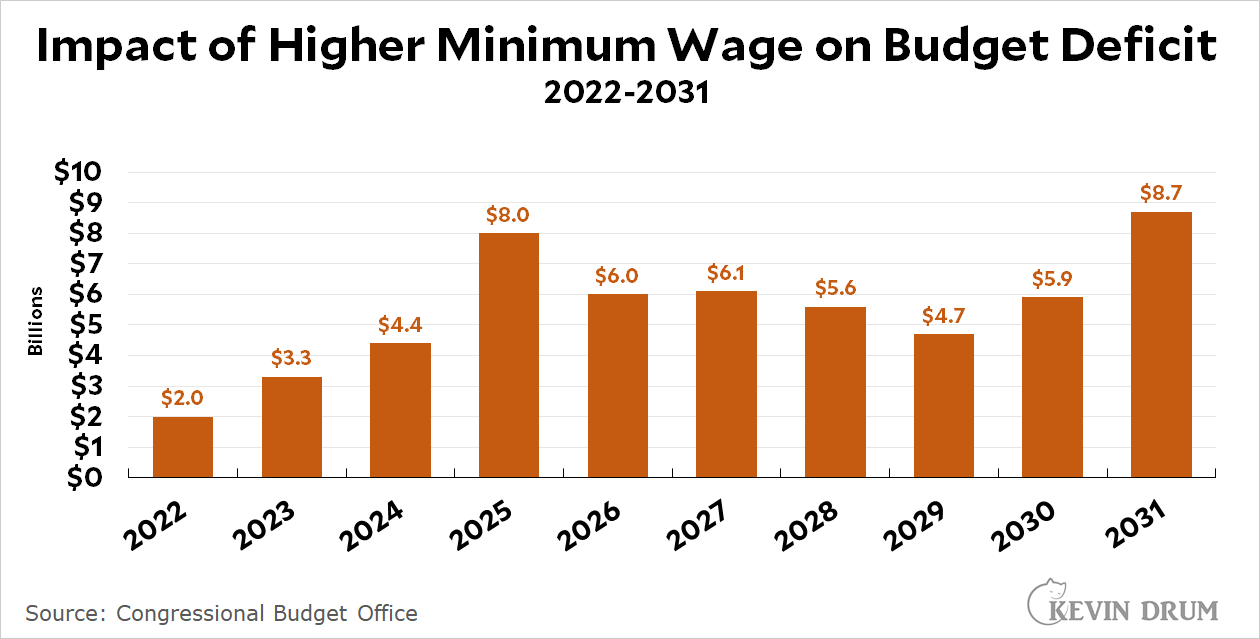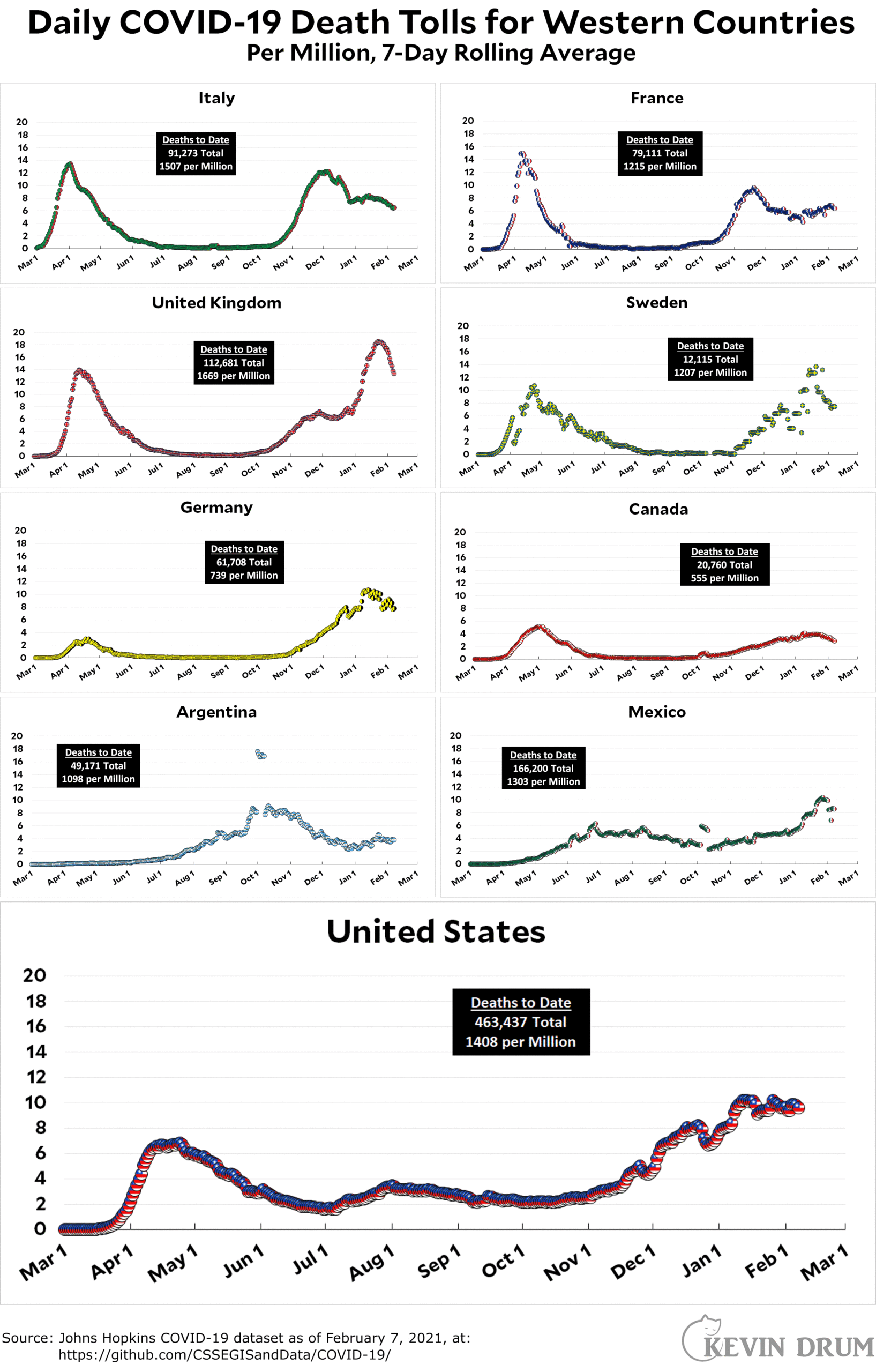
Molly Ball wrote a deeply reported piece in Time last week about the campaign to prevent Donald Trump from trying to steal the election. Her main character is Mike Podhorzer, a senior adviser to the president of the AFL-CIO, who figured out a year ahead of time that Trump was likely to yell fraud if the 2020 election was even remotely close. A few months later he was ready to put a counter-offensive in place:
On March 3, Podhorzer drafted a three-page confidential memo titled “Threats to the 2020 Election.” “Trump has made it clear that this will not be a fair election, and that he will reject anything but his own re-election as ‘fake’ and rigged,” he wrote. “On Nov. 3, should the media report otherwise, he will use the right-wing information system to establish his narrative and incite his supporters to protest.”
....In April, Podhorzer began hosting a weekly 2½-hour Zoom....The meetings became the galactic center for a constellation of operatives across the left who shared overlapping goals but didn’t usually work in concert.... “Pod played a critical behind-the-scenes role in keeping different pieces of the movement infrastructure in communication and aligned,” says Maurice Mitchell, national director of the Working Families Party. “You have the litigation space, the organizing space, the political people just focused on the W, and their strategies aren’t always aligned. He allowed this ecosystem to work together.”
This is a good read all by itself, but the really important stuff comes later. Apologies for the length of the following excerpt, but I promise I have a point to make:
Laura Quinn, a veteran progressive operative who co-founded Catalist, began studying [online disinformation] a few years ago.... The solution, she concluded, was to pressure platforms to enforce their rules, both by removing content or accounts that spread disinformation and by more aggressively policing it in the first place.... In November 2019, Mark Zuckerberg invited nine civil rights leaders to dinner at his home.... “It took pushing, urging, conversations, brainstorming, all of that to get to a place where we ended up with more rigorous rules and enforcement,” says Vanita Gupta, president and CEO of the Leadership Conference on Civil and Human Rights, who attended the dinner and also met with Twitter CEO Jack Dorsey and others.
....Beyond battling bad information, there was a need to explain a rapidly changing election process.... Dick Gephardt, the Democratic former House leader turned high-powered lobbyist...worked his contacts in the private sector to put $20 million behind the effort.
....About a week before Election Day, Podhorzer received an unexpected message: the U.S. Chamber of Commerce wanted to talk.... “With tensions running high, there was a lot of concern about unrest around the election, or a breakdown in our normal way we handle contentious elections,” says Neil Bradley, the Chamber’s executive vice president and chief policy officer. These worries had led the Chamber to release a pre-election statement with the Business Roundtable, a Washington-based CEOs’ group, as well as associations of manufacturers, wholesalers and retailers, calling for patience and confidence as votes were counted.
But Bradley wanted to send a broader, more bipartisan message.... Agreeing that their unlikely alliance would be powerful, they began to discuss a joint statement....As it was being finalized, Christian leaders signaled their interest in joining, further broadening its reach. The statement was released on Election Day, under the names of Chamber CEO Thomas Donohue, AFL-CIO president Richard Trumka, and the heads of the National Association of Evangelicals and the National African American Clergy Network.
There's more, and Ball could have added that once the Trump disinformation campaign went into full swing after the election, every single person in charge of counting votes—county clerks, attorneys general, secretaries of state—opposed Trump's effort. The same goes for judges in the several dozen lawsuits Trump launched. He lost them all, regardless of whether the judge had been appointed by a Democratic or Republican president.
Now, the normal takeaway from Ball's piece is shock and dismay that it took a fight of this magnitude to overcome Trump's anti-democracy jihad. But I take something different away: If you put everything together, it turns out that literally no one except for the most cultish of Trump's followers supported his democracy-bashing efforts. Everyone opposed them
This is why I continue to think that democracy in the United States is way stronger than people are giving it credit for. It took a devastating punch from a uniquely demagogic president supported by hundreds of Republican politicians and the massed media efforts of Fox News and the rest of the right-wing media machine. Despite this, everyone outside of Trump's cult opposed him and the effort failed miserably. That's not bad.
There is, of course, a different takeaway: what if the business community had decided to throw in with Trump? How big a difference would that have made? And what are the odds that some future demagogue might be self-disciplined and corrupt enough to bring the business class on board?
That's hardly an impossible scenario, though I think it's only likely if the business community is brought along slowly. For now, they seem to remain pretty firmly in the conventional class of Americans who believe strongly in democracy and don't think that a Democrat in the White House is going to bring the country to its downfall. As it turns out, most Americans not in thrall to Fox News believe that too.



 The lesson here is not that tax cuts supercharged the economy. They were probably #4 or #5 on a list that includes Paul Volcker lowering interest rates; oil prices coming down; big deficit spending; and devaluation of the dollar. The lesson is to loudly claim that you're doing something to save the economy and then wait around for the economy to recover. Then you can credibly claim that it was your policies that rescued the country.
The lesson here is not that tax cuts supercharged the economy. They were probably #4 or #5 on a list that includes Paul Volcker lowering interest rates; oil prices coming down; big deficit spending; and devaluation of the dollar. The lesson is to loudly claim that you're doing something to save the economy and then wait around for the economy to recover. Then you can credibly claim that it was your policies that rescued the country.
